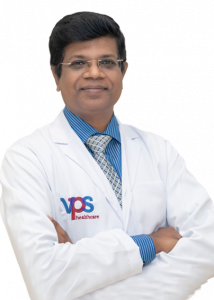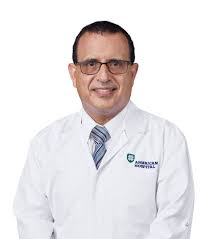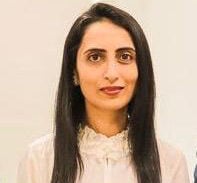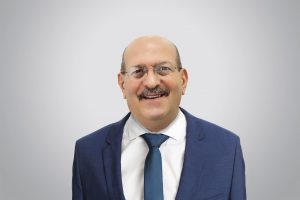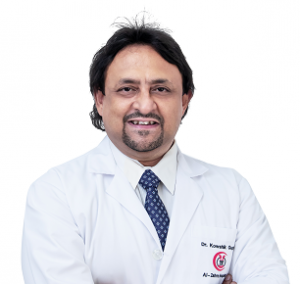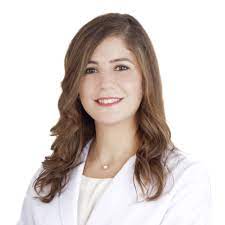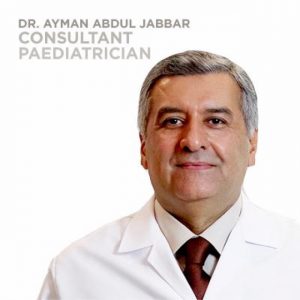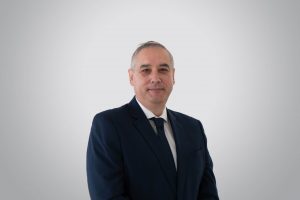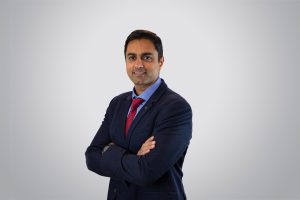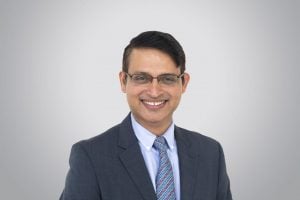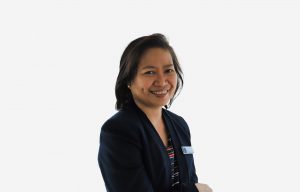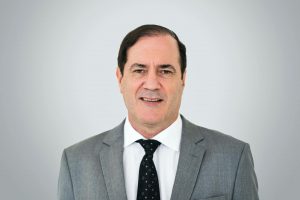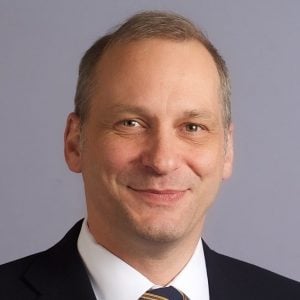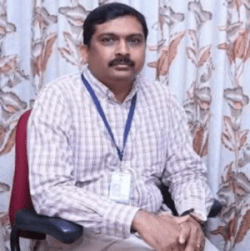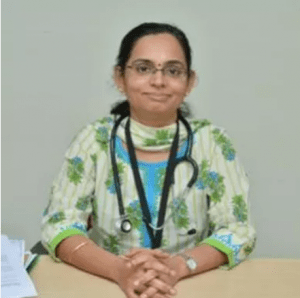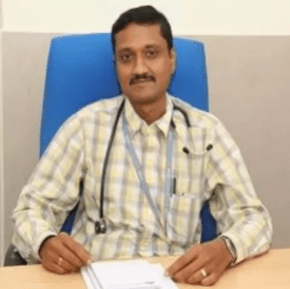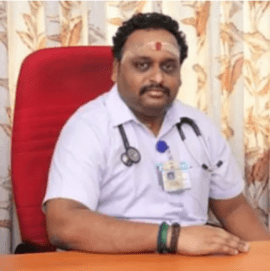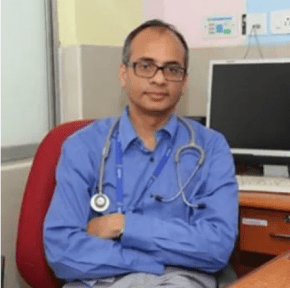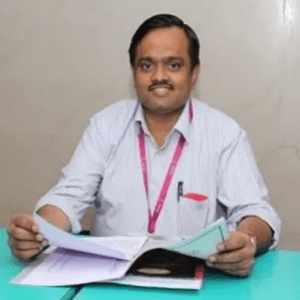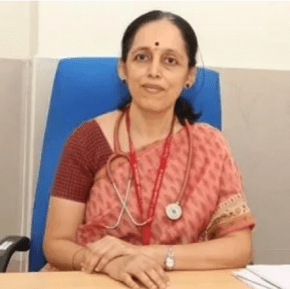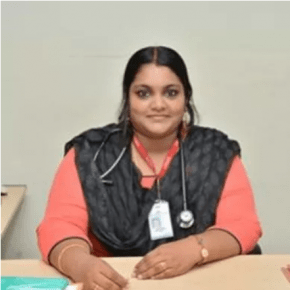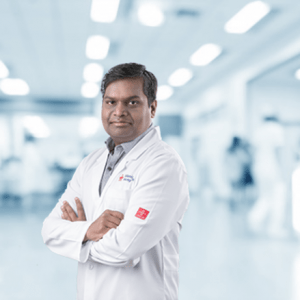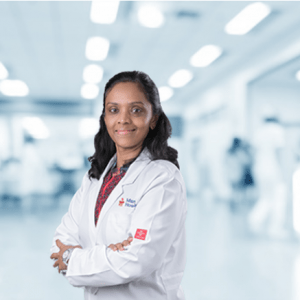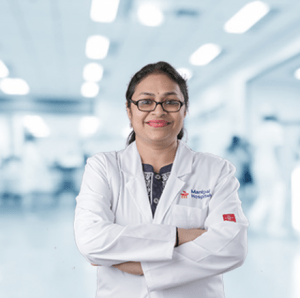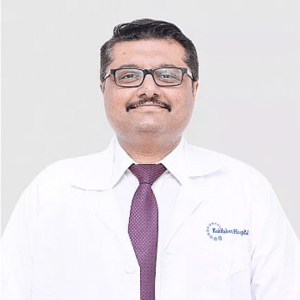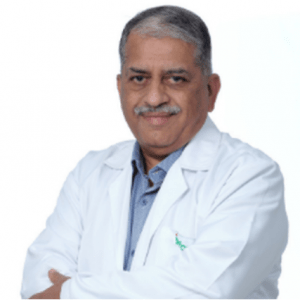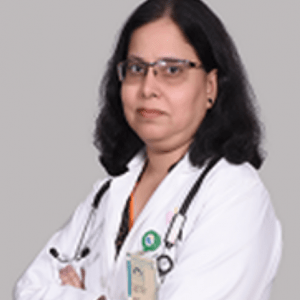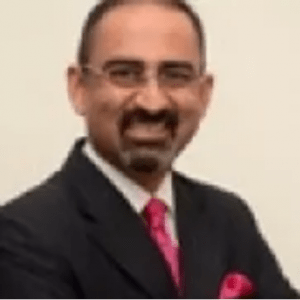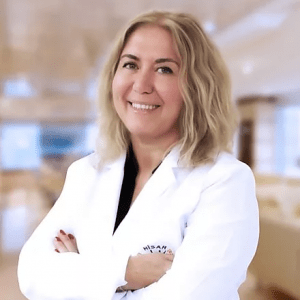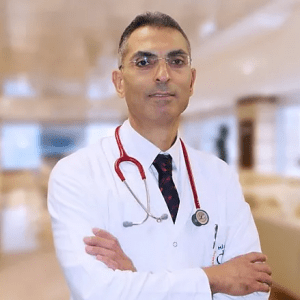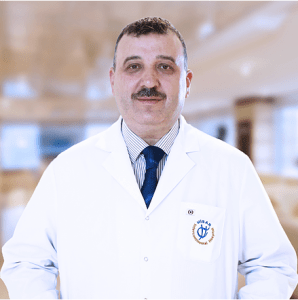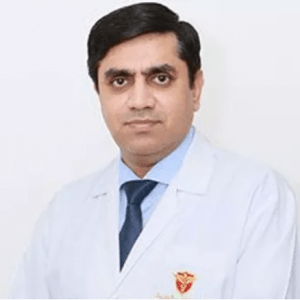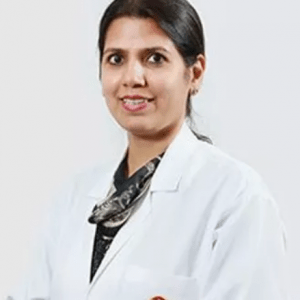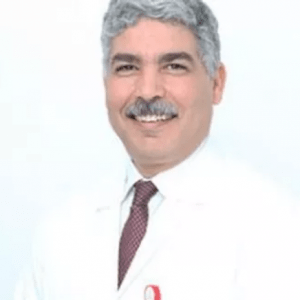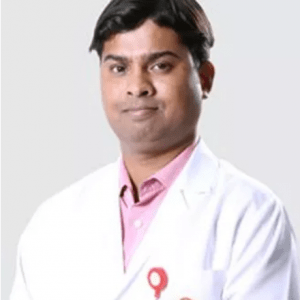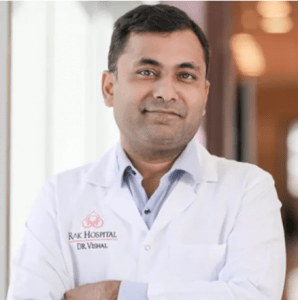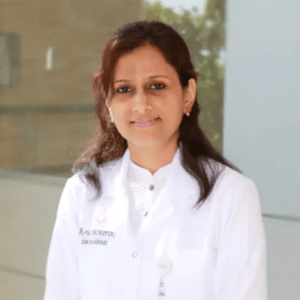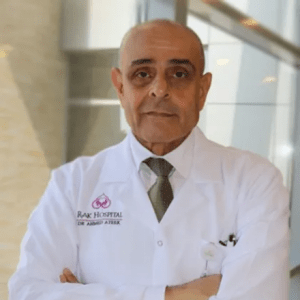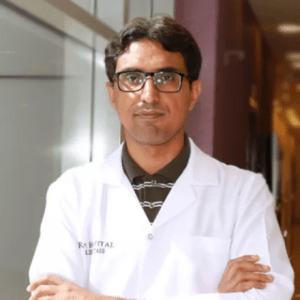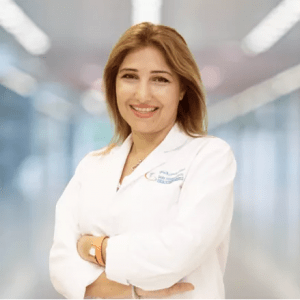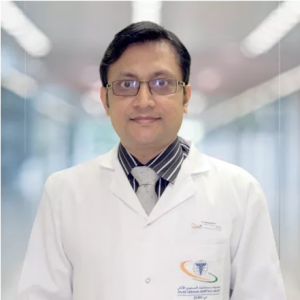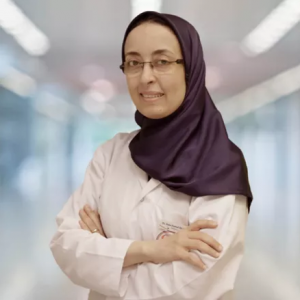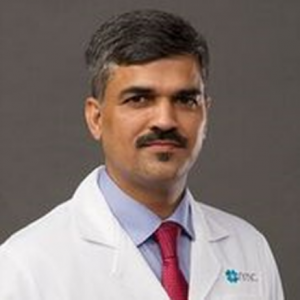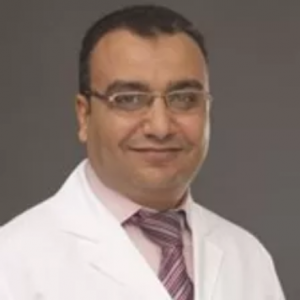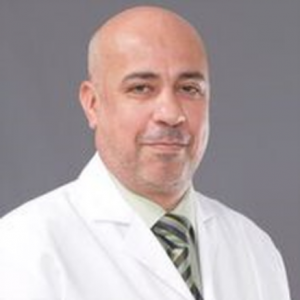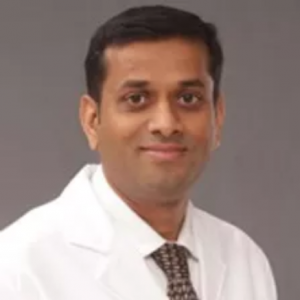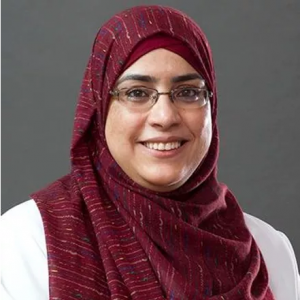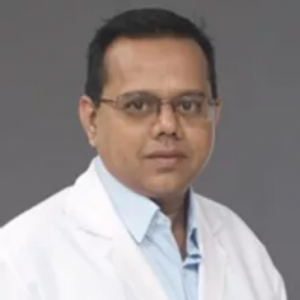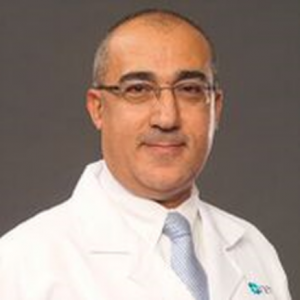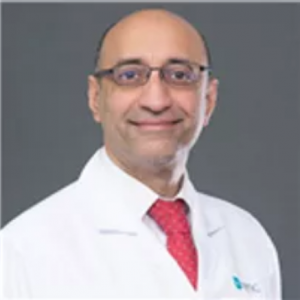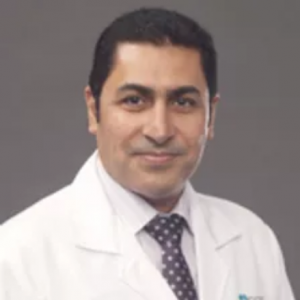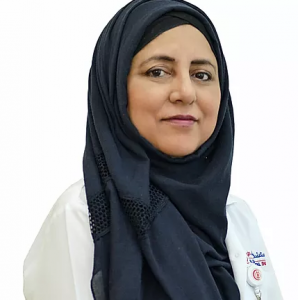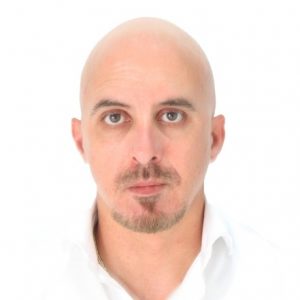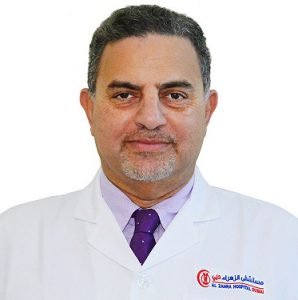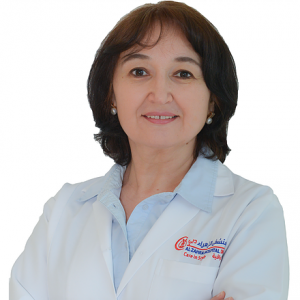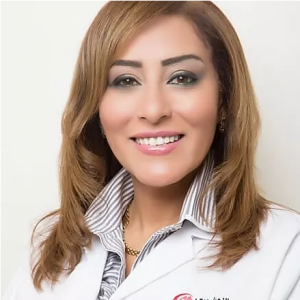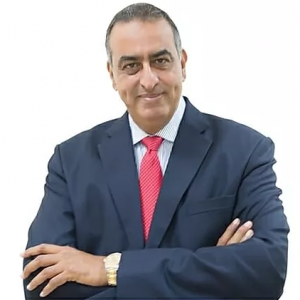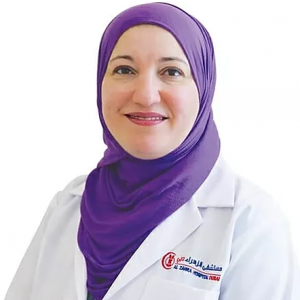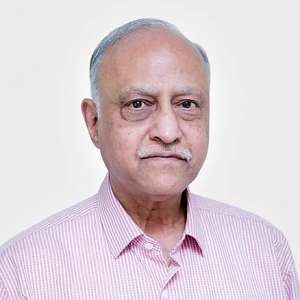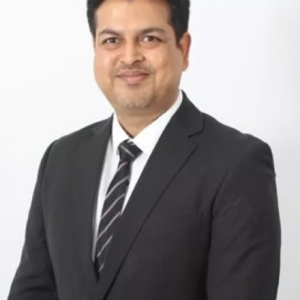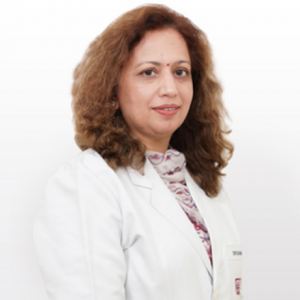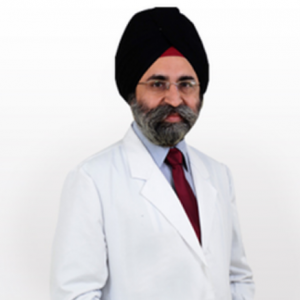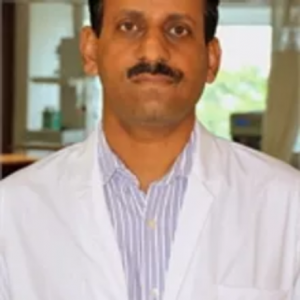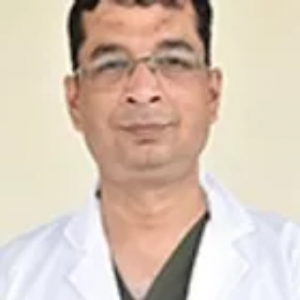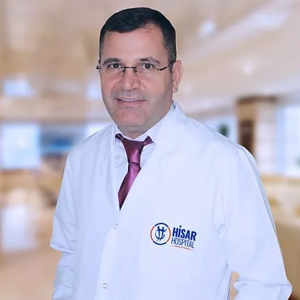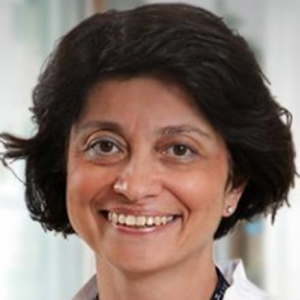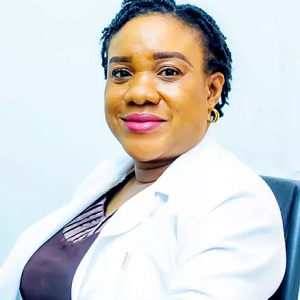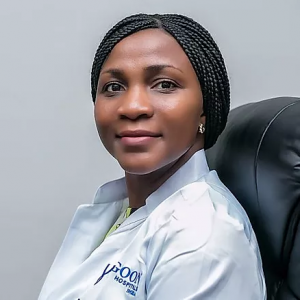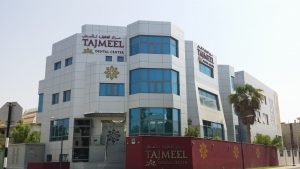WHAT IS SCOLIOSIS IN CHILDREN?
Scoliosis is simply defined as an abnormal curvature of the spinal cord (backbone), making it form a ‘C’ or an ‘S’ shape, twisting right, left, or both sides.
This medical condition often occurs during the period before puberty. It is not a rare deformity, because it happens in about 20% of the world’s population every year (approximately 2.5% of the United States population).
Scoliosis usually feels tightness or stiffness in the lower back, and the ligaments in that region will begin to become strained and stretch. When this abnormal curvature occurs, its patient or victim may be given benefits of disability, such as financial security and medical coverage. Scoliosis tends to worsen as your child ages. It could be gotten from birth, but may not show drastically until the age of 10.
Scoliosis in children affects the entire skeletal system because the spine connects the whole skeleton. The spine is like the heart of the skeleton, and all bones cut their branches from it, so when the spine starts malfunctioning, the whole skeletal system is affected. Skeletal scoliosis affects your child’s pattern of walking, sitting, standing, and normal posture. It also affects the structure of their facial nerves.
In worst or rare cases, scoliosis leads to a fatal explosion of the chest wall. It is much better to notice the disability at its early stages and treat it as soon as you notice; if not, severe damages may be the subsequent result.
In some cases, scoliosis may be genetic or hereditary. Scoliosis can run in families, though most children affected do not have any family history of the disorder. The chance of getting genital scoliosis is quite rare, especially when your family tree has never been affected by the disability, although there is a nearly 11% chance of getting it when your first-degree relative has it.
The spinal cord is divided into three sections, namely the cervical (neck and upper back), lumbar (lower back), and thoracic (middle back) sections.
TYPES OF SCOLIOSIS
Scoliosis is made up of different types, some of which include:
- Thoracolumbar Scoliosis in Children
This is an abnormal curving of the middle back and lowers back, making the spine curve to the right. It affects more females than males, leading to the abnormal feeling of fullness in the stomach over little quantities of food eaten.
- Thoracic Scoliosis in Children
This is an abnormal curvature of the middle back. The thorax is the most common part of the spine to be affected by scoliosis, leading to lung problems. In more severe cases, the chest cavity may be blocked, resulting in fatal consequences.
This is the abnormal curve of the lower back, commonly affecting infants and other children under the age of 10, though teenagers and young adults may also be affected by this sideways curvature of the spinal cord. It may lead to hip pains or, even worse, paralysis.
- Congenital Scoliosis in Children
This is the abnormal curving of any section of the spine, affecting newborns and young infants. It is the type of scoliosis that is said to be developed from the womb or inherited via genetics. When the curvature grows worse over time, the child affected may need to go through surgery.
- Early-Onset Scoliosis in Children
Also known as scoliosis in children under 10 years, juvenile or infantile scoliosis; the abnormal curvature of the spine may not be identified until later on in adolescence. It may not require surgery unless it worsens over time.
- Adolescent / Idiopathic Scoliosis.
This is when the spinal cord curves abnormally during the period of late childhood (adolescence); that is between the ages 10 and 18. At this point in life, scoliosis tends to start growing worse if not treated properly. It is the most common type of scoliosis, also known as pediatric scoliosis.
- Adult / Degenerative Scoliosis.
This happens when a mature or adult patient with a fully developed skeletal system is affected by an abnormal curvature of the spine. It is the continued growth of adolescent scoliosis, which may have not been discovered in its early onset.
This stage of scoliosis needs immediate treatment via surgery, or else it may lead to deadly results.
This abnormal curvature of the spine occurs in children suffering from other health conditions that disable them from using the muscles supporting the spine.
These conditions which may result in the development of neuromuscular scoliosis include cerebral palsy and muscular dystrophy. It is more severe than most types of scoliosis since it is caused by one or more health conditions. It develops faster than other forms of scoliosis and is mostly non-genital or non-hereditary.
Sometimes more severe than neuromuscular scoliosis, this form of scoliosis is characterized by an abnormal curve of the spine, being part of a syndrome (Ehler Danlos Syndrome, for example) and associated with several other symptoms and complications that appear at the same time.
It is a serious type of scoliosis, especially when the syndrome it is part of appears to be life-threatening. If left untreated, syndromic scoliosis may lead to death.
10) Kyphosis Scoliosis.
Also known as kyphoscoliosis, this form of scoliosis brings about the slouching or hunching of the back (hunchback).
Patients affected by kyphosis are the most benefited of scoliosis patients. They usually qualify for medical coverage by insurance from the government’s welfare services for the disabled or handicapped.
Due to the severity of this disorder, the hunchback will be noticeable to any passerby, thereby sometimes giving the sufferer an added advantage over healthy people; one of which includes boarding a train with a lower fee attached.
Just like other severe forms of scoliosis, kyphoscoliosis must be treated immediately and properly.
Mild Scoliosis in Children
This is scoliosis where the spinal cord curves at less than 20°. It responds well to exercise. Its main symptom is a pain in the back. Most times, treatment is not needed, as the strained spine ligaments can be stretched back with just a round of exercise.
Severe Scoliosis in Children
This is scoliosis where the spinal cord curves at more than 40°, making it difficult for the proper functioning of the lungs and heart. It is characterized by frequent muscle spasms and abdominal pains. If left untreated properly, severe scoliosis may lead to irreparable consequences, such as death (especially when the spine curves over 80°).
COMPLICATIONS OF SCOLIOSIS IN CHILDREN
Scoliosis in children can lead to severe health conditions if left unattended. Such complications include:
- Loss of balance.
- Abdominal pains.
- Damaged posture.
- Emotional insecurity.
- Weakness and fatigue.
- Pains in the lower back.
- Uneven weight distribution.
- Persistent pain in regions of spinal twisting.
- Leaking spinal fluid.
- Lung infections, such as pneumonia.
- Heart problems such as heart failure.
- Spinal infections (after surgery).
- Breathing issues (in severe scoliosis).
- Spinal cord damages.
- Increased self-consciousness.
- Low self-esteem, as a result of suffering from the hunchback.
RISK FACTORS OF SCOLIOSIS IN CHILDREN
Certain potential factors can contribute to the presence of scoliosis in children. They are:
Scoliosis mainly begins to spurt out progressively during the ages of 9─12. Children below the age of 10 usually develop the disorder on their own, due to factors such as overstraining.
- Curve location and severity.
- Gender.
Females have thoracolumbar scoliosis and other types of scoliosis more than males because their spine appears to be softer.
- Genetics (this is rare, and does not happen often).
- Family records.
Though scoliosis could run in a family tree, most children get affected by the disorder by themselves.
DIAGNOSIS OF SCOLIOSIS IN CHILDREN
The most common way of diagnosing scoliosis in children is by telling them to bend forward, hands clasped together, to show the position of the spine. This method is known as the Adams Forward Bend Test.
Other diagnostic tests carried out to show the existence of scoliosis includes:
- Physical examination.
- Checking the family history.
- Scoliosis screening via x-ray.
- Magnetic resonance imaging (MRI).
TREATMENT FOR SCOLIOSIS IN CHILDREN
(How to Treat Scoliosis in Children)
In treating scoliosis in children, early and immediate treatment is required in children aged 10 and below.
The best treatments for scoliosis in children are:
A brace for scoliosis in children is a medical device that is tightly wrapped around the torso, from the arms to the hips, in form of a jacket, with straps to keep it in place.
It can be used in children whose bones are still growing and are not yet fully mature. This can help in slowing down or maybe completely stopping the ‘S’ or ‘C’ curvature of the spine.
The Boston brace is the most recommended brace for scoliosis. Although wearing a tight plastic brace does not guarantee a 100% cure of scoliosis, it usually prevents the worsening of the disorder. Once a child stops growing, the brace needs to be removed.
- Physical therapy for scoliosis in children used for straightening the spine.
This involves exercising (for mild scoliosis). The Schroth method serves as an effective way of managing the abnormal curving of the spine.
Apart from that, the following steps should be taken to help in making the spinal cord straighten back to its normal posture:
- Stand upright with your weight situated on the padded portion of the sole of your feet (between the toes and the arch).
- Stretch your feet to the length of both your shoulders.
- Avoid putting your knees in full extension, in a way that your legs are completely straight since this causes stress on your knee joints.
- Put your arms down freely on both sides of your body.
- Take your chin back to meet with the same level as the rest of your head.
- Keep sleeping on hard surfaces, such as the floor.
- Lie on your back and bend your knees slightly.
- Keep your head on a pillow while lying straight on your back, even if this hurts a little.
- Regularly hang under a strong beam for about a minute or two.
- Try keeping your chest 90° to the floor.
- Avoid high-heeled shoes of any sort.
- Always move around, as inactivity can tense up the spine.
- Keep following the above routine for about two months.
- Spinal fusion surgery
This is the surgery for scoliosis in children of more than 50°. This condition requires a surgical operation to return the spine to its normal straight position, thereby correcting scoliosis in children.
In spinal cord fusion, different bones in the spine are fused and arranged properly together, to ensure normal posture of the spinal cord.
Side effects of spinal surgery for scoliosis in children include:
- Bleeding.
- Paralysis.
- Blood clots.
- Nerve damage.
- Pains in the spine.
- Death (in worst cases).
- Infections in the spine.
- Loss of vision and balance.
- Cerebrospinal fluid leakage.
- Worsening symptoms (if treated improperly).
PROGNOSIS OF SCOLIOSIS IN CHILDREN
Scoliosis can be mild, moderate, or severe. You do not have to worry too much when your child’s spine is curved at 20° or below.
Between 20° and 40° curvature of the spine is moderate scoliosis. When the spinal cord curves above 40°, scoliosis has progressed into the severe stage.
Severe scoliosis progresses quickly and faster than other stages, and the spine may speedily curve up to 60° within a short period of half a year, if not treated properly.
When the curvature of the spine reaches 80°, there is a red warning sign which indicates that if not treated immediately, the sufferer may become paralyzed. At 100°, scoliosis can lead to death.
Nobody understands why the spine may curve in some people and not in others. Suggestions have been made, some saying scoliosis is caused by misusing the back (for instance, a 5-year old carrying a backpack of more than 40kg weight), and others saying scoliosis is caused by genetics. However, there is not enough evidence of these suggestions.
Prevent your child from carrying a heavyweight on his or her head, back, and shoulders. If he/she cannot cope with strenuous exercises, keep him/her from doing them.
Symptoms
SYMPTOMS OF SCOLIOSIS IN CHILDREN
To ascertain the presence of scoliosis in children, symptoms have to be present. The early signs of scoliosis in children may include:
- Tilted head.
- Uneven ribs.
- Irritable bowel syndrome.
- Stomach cramps.
- Uneven waist skin folds.
- Uneven shoulders.
- The belly button is not located in the center.
- Bulging muscles in the lower back.
- Unfitting clothes.
- Visibly curved backbone.
- Ribs sticking out at one side of the torso.
- Dimples on the back.
- Sore or stiff back.
Causes
WHAT CAUSES SCOLIOSIS IN CHILDREN?
Although the main underlying causes of scoliosis in children are not known, the following are possible to cause the medical condition:
- Injuries.
- Tumors.
- Infections.
- Different shoulder heights.
- Different hip lengths.
- Abnormalities in the muscles and nerves supporting the spine.
- Hereditary or genetics (less often).
- Weakened immune system.
- Different lengths in both legs.
- Underlying conditions such as:
- Cerebral palsy.
- Muscular dystrophy.
FAQ
Can schistosomiasis infection cause scoliosis in children?
Of course, schistosomiasis can cause scoliosis in form of back pains. It is one of the most common causes of the abnormal curvature of the spine. Schistosomes, parasites that cause schistosomiasis, lead to increased developmental malformations (such as scoliosis) in children.
Can scoliosis be cured?
It is unsure to say that scoliosis can be completely cured, but it can surely be slowed down or halted. However, if scoliosis develops before the age of 11, it can probably be cured wholly. Early-onset scoliosis happens to be mostly mild, although it could progress over time if left untreated. Pediatric scoliosis is hard to cure.
Can scoliosis worsen as you age?
Scoliosis worsens as you age, and can last for years or life. Scoliosis gets chronic after reached its critical stage known as severe scoliosis, in which the spine curves left, right or both sides in an alarming degree of more than 40°. Treatment is immediately needed when scoliosis progresses to 80°. Scoliosis can die when his/her spine curves at 100°. At this point, the spine can rupture.
Can scoliosis cure itself?
Scoliosis cannot cure itself and neither can it be fully cured, except at early onset. As scoliosis progresses, it climbs up the mild ladder and reaches a moderate level. Once it crosses this level, severe scoliosis needs to be treated to halt the spurt of the disorder.
What degree of scoliosis requires treatment?
The severe degree of scoliosis requires immediate treatment, once the spine curves at more than 40°. Once it crosses this degree, scoliosis begins to progress faster until it reaches 100°. To this degree, the patient can die without careful tr



